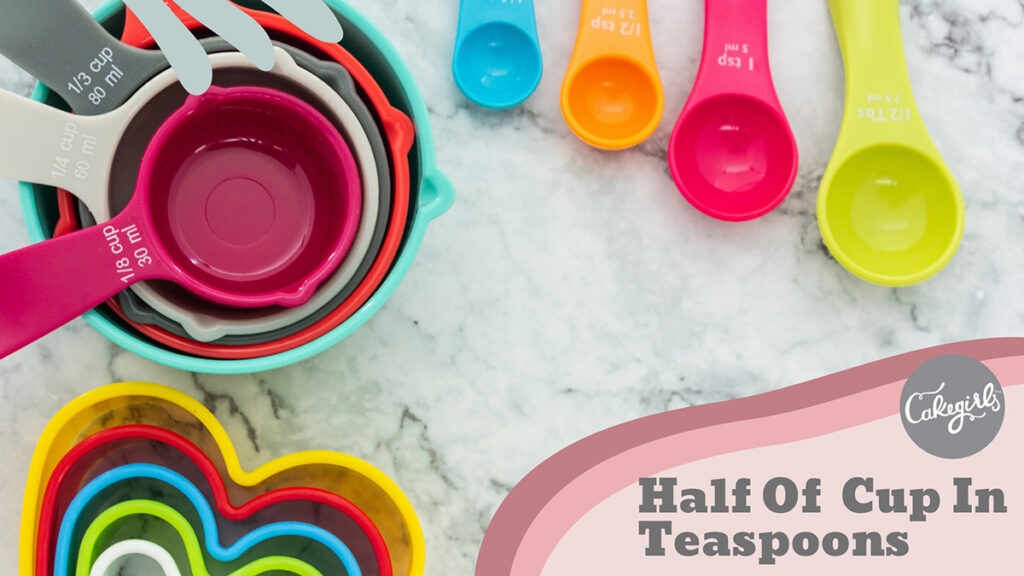
Sometimes, following a recipe to the tee seems like a stretch, especially when you just want a tiny batch or even just enough for one serving. In that case, you probably want to slash those ingredient amounts in half or even less. But what if the original measurements are not nice, round numbers to begin with?
No worries. I’ve got your back with a handy cups-to-teaspoons conversion guide below, compiled from my years of experience to end your burning headache for good.
In This Articles:
What Is Half of 1/3, 2/3, 1/4, 3/4 Cup in Teaspoons?
Half of 1/4 and 3/4 cup is 2 and 6 tablespoons or 6 and 18 teaspoons, respectively. Meanwhile, half of 1/3 cup is 8 teaspoons (2 tablespoons and 2 teaspoons); double those numbers from 8 to 16 teaspoons, and you will get half of 2/3 cup.
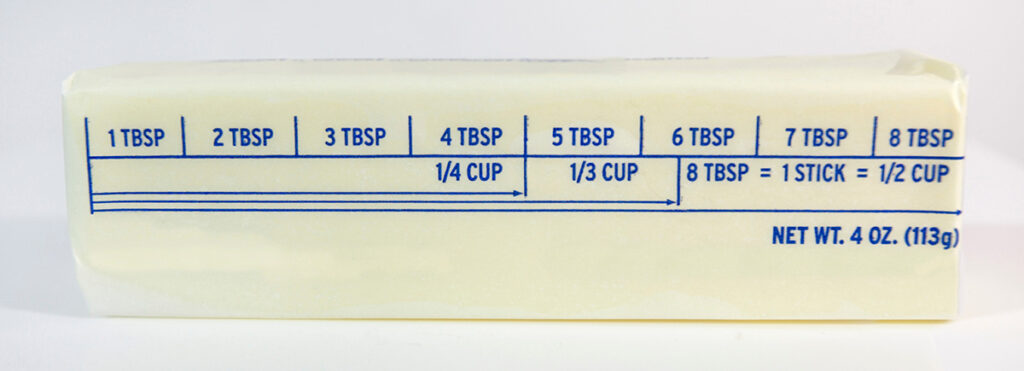
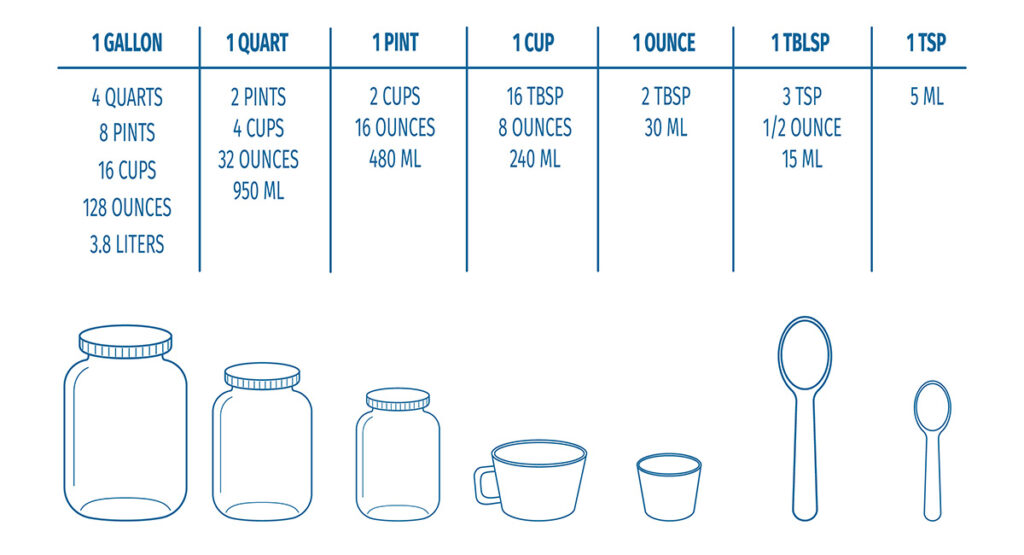
| Original Cooking Measurement | Half Measurement (Tbsp & Tsp) | Half Measurement (Tsp only) |
| ¼ cup | 2 tbsp | 6 tsp |
| ⅓ cup | 2 tbsp & 2 tsp | 8 tsp |
| ½ cup | 4 tbsp | 12 tsp |
| ⅔ cup | 4 tbsp & 4 tsp | 16 tsp |
| ¾ cup | 6 tbsp | 18 tsp |
| 1 cup | 8 tbsp | 24 tsp |
| 1 tbsp | 1 ½ tsp | 1.5 tsp |
Going further to cut down your ingredients to one-third? Let me give you some hints:
| Original Cup Measurement | One Third Measurement (Tbsp & Tsp) | One Third Measurement (Tsp only) |
| ¼ cup | 1 tbsp & 1 tsp | 4 tsp |
| ⅓ cup | 1 tbsp & 2 ¼ tsp | 5.25 tsp |
| ½ cup | 2 tbsp + 2 tsp | 8 tsp |
| ⅔ cup | 3 tbsp & 1 ½ tsp | 10.5 tsp |
| ¾ cup | 4 tbsp | 12 tsp |
| 1 cup | 5 tbsp & 1 tsp | 16 tsp |
| 1 tbsp | 1 tsp | 1 tsp |
5 Extra Tips to Cut Down Recipes
The 4 Golden Rules
When scaling your recipes, these tips can be a game-changer:
- Sort out all the conversions before cooking. I usually take one moment to scribble down the numbers and keep them handy.
- Look out for ingredients that might not need any adjusting at all, like a single tablespoon of cooking oil to grease the saucepan or butter up your dish. And hey, do not go too light on spices, or you might be left with a bland dish that misses all the zing!
- Taste the cake as you roll along with your cooking groove. For instance, I once cut back on cinnamon and nutmeg for my spice cake, hoping for a lighter touch. The result? The cake lacked the familiar warmth of spices, leaving a dull and flat sweetness on my tongue. Long story short, let your taste buds guide you through the game!
- Downsize your cooking gear. Since your recipes have been halved, smaller pots or pans might be the way to go. Otherwise, plopping half the brownie batter into your full-sized pan is not the brightest idea in the world; they will likely turn out much thinner and crisper-edged than expected!
Some Recommended Cookware for Recipe Reductions
- Baking: Smaller batches will rock 5×5 dishes (25 square inches) or 4×6 ones (24-square-inch bases). 6×6 dishes do the trick sometimes, too, but keep an eye on the process – they might cook up much faster than usual!
- Ramekin: Individual servings are ace in a 10-oz ramekin. This little guy is about 1¾ inches in height and 4 inches in diameter.
- Stove-top cooking (not common, but I sometimes use it as a band-aid solution, especially for savory baking recipes): Go for 8- to 10-inch skillets; they work like a charm for most kitchen tasks.
What If It Is A Slow Cooker Formula/Recipe?
Admit it, we all use a cooker for our homemade baked goods at least once, right? So, if you get a slow cooker formula that you want to downsize, here’s the catch:
- Buy A Smaller Cooker. This trick is actually part of the 4 golden rules I already briefed above. Suppose the recipe needs a slow cooker of 6 quarts, and you are thinking of cutting it in half; then try 3-quart or something even smaller! For solo feasts, a 1.5-quart to 2-quart version could be your best bet.
- Hack Your Big Cooker. No small-sized slow cooker at home? No problem! You only need to put a small bowl (oven-safe, of course) inside the main bowl of your large cooker.
Do You Need To Adjust Cooking Time As Well?
Switching up the ingredient amount does not mess with your oven temp, but it still affects the cooking clock in certain situations. My two cents:
- For Cookies: Just keep things as they are. Whether you are baking a batch or just a few, they usually take the same time.
- For Cakes: Cut the original baking time by 10 to 15 minutes and remember to keep an eye on it. If it still needs more time, continue to check its status every 5-7 minutes. I often stick a toothpick in the middle of the cake; when the toothpick comes out clean, I know my dish is ready.
Measuring by Weight Is Still The Wisest Move
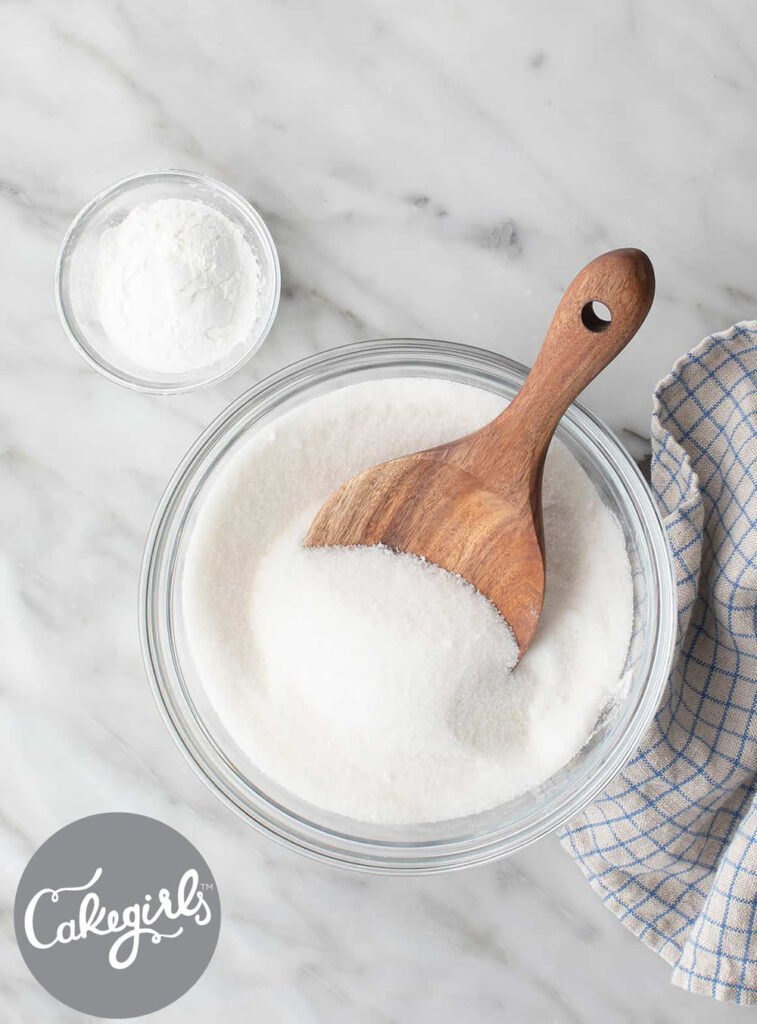
In the best scenarios, just get yourself a kitchen scale to crunch those numbers; trust me, splitting a recipe right down the middle will be a piece of cake with this method!
The trick has been a lifesaver for me hundreds of times before, especially when I had to wrestle with complex recipes that called for odd numbers of dry ingredients. And the best part? Kitchen scales are pretty budget-friendly!
Here’s the lowdown on some common everyday ingredients when weighed in grams:
- 1 cup all-purpose flour: ~ 125 grams
- 1 cup of brown sugar: ~ 220 g
- 1 cup of granulated sugar: ~ 200 g
- 1 cup of powdered sugar: ~ 115 g
- 1 cup of cocoa powder (unsweetened): ~ 90 g
- 1 large-sized egg (no shell): ~ 50 g (give or take a few grams since eggs are slightly different in size).
What To Do If You Do Not Have Conversion Charts On Hand
There’s no need to stress. Just eyeball it! Take your usual measuring cups and spoons, then fill them according to how much of the recipe you plan to cut back.
Say, you need half of a 1/3 cup. Instead of juggling with 2 tablespoons and 2 teaspoons, simply fill the cup 1/6 of the way (1/3 x 1/2 = 1/6).
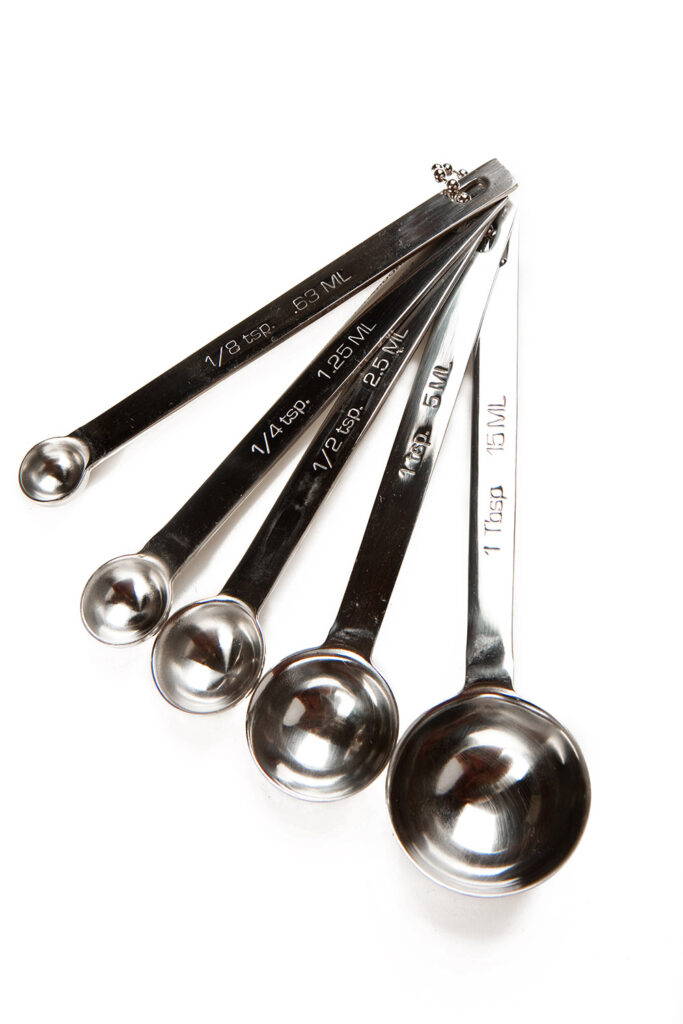
Quick heads-up: this isn’t the way to go for delicate baking recipes; they’re all about precision. But for basic cakes and frosting? Totally doable!
How to Halve Ingredients Not Measured With Spoons or Cups Without A Kitchen Scale
Halving 1 Egg
First, crack the egg into a small coffee cup or bowl; then, use a whisk/fork to keep beating it until the white and yolk combine. Finally, scoop 2 tablespoons from that mixed-up egg – and that’s the half-egg magic I use for my recipes!
Halving 1 Butter Stick
The whole thing turns out quite easy-peasy; wrappers for butter sticks usually have printed tablespoon markings (8 tablespoons in total). So cut it into two 4-tablespoon portions, and you now have half a stick ready to roll.
Other Ingredients
- Lemon: Cut the lemon half from the stem to the blossom end.
- A head of lettuce: Slice the lettuce vertically through the core.
- Chopped nuts: Why waste time counting every nut? The method is very precise, sure, but it can be a bit too extra sometimes. Instead, I would fill a small bowl or cup with chopped nuts to the brim (or to my desired level), then divide them into two equal portions.
- A teaspoon of ground ginger: Pinch the ginger between your thumb and forefinger to create a small mound. Divide the mound in half visually, then return half to the container.
Conclusion
Halving recipes should no longer be a headache for you now, given my insightful walkthrough.
Still, a kitchen scale with precise weight markings is the ultimate weapon for every ingredient and formula, so get yourself one if possible! Shoot me a message anytime if you’ve got more questions.
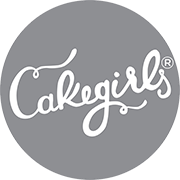
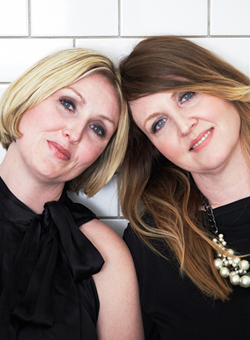
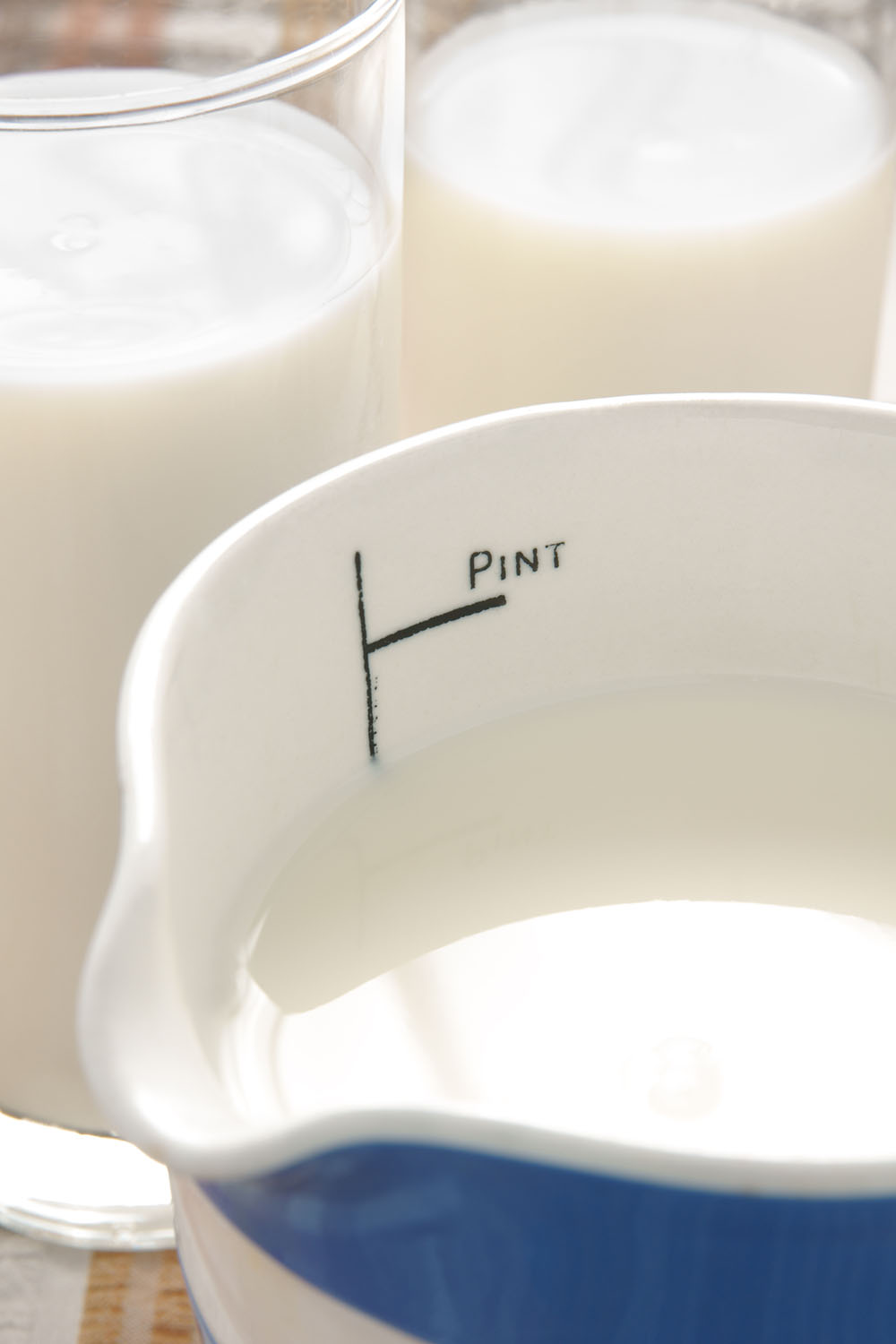
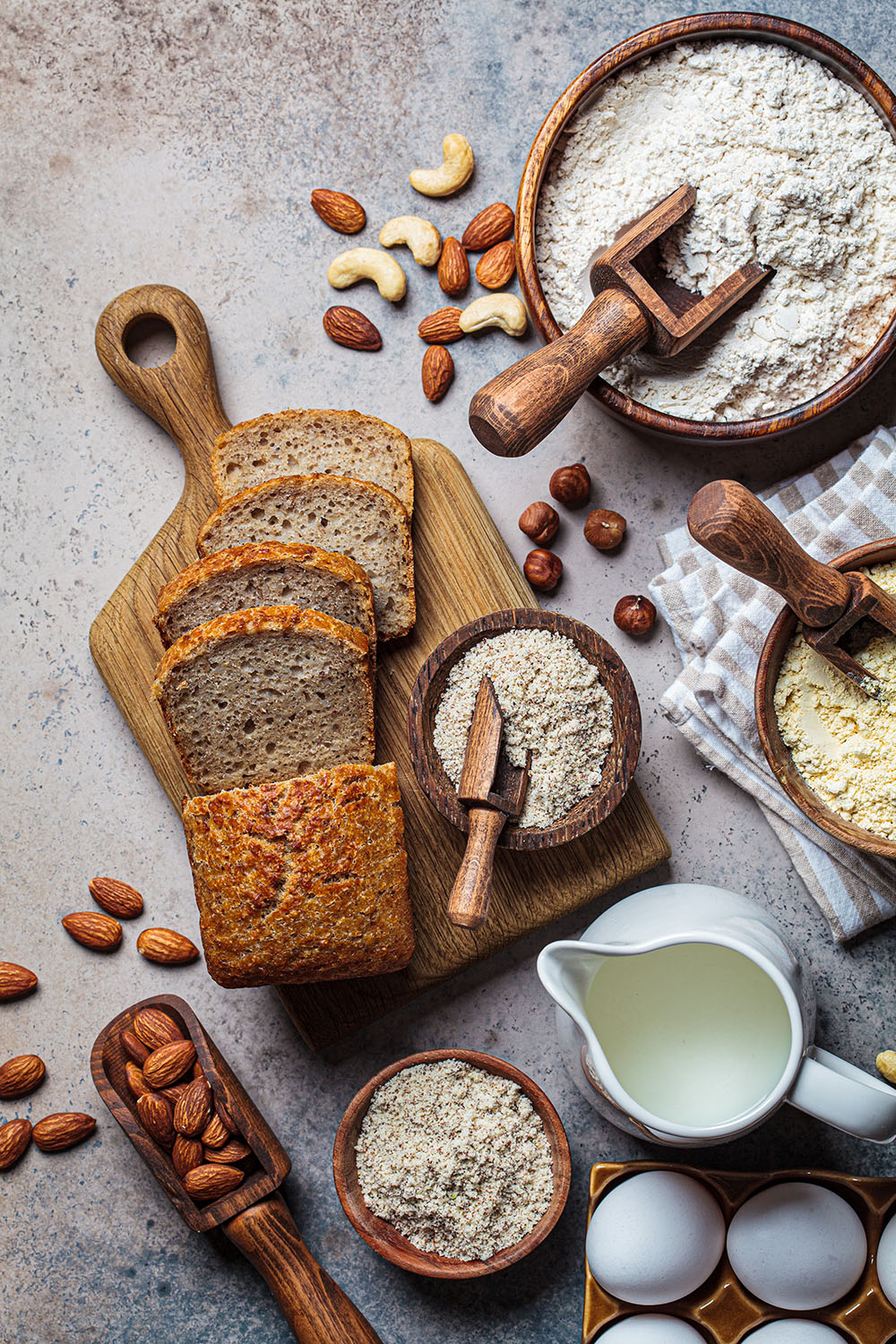
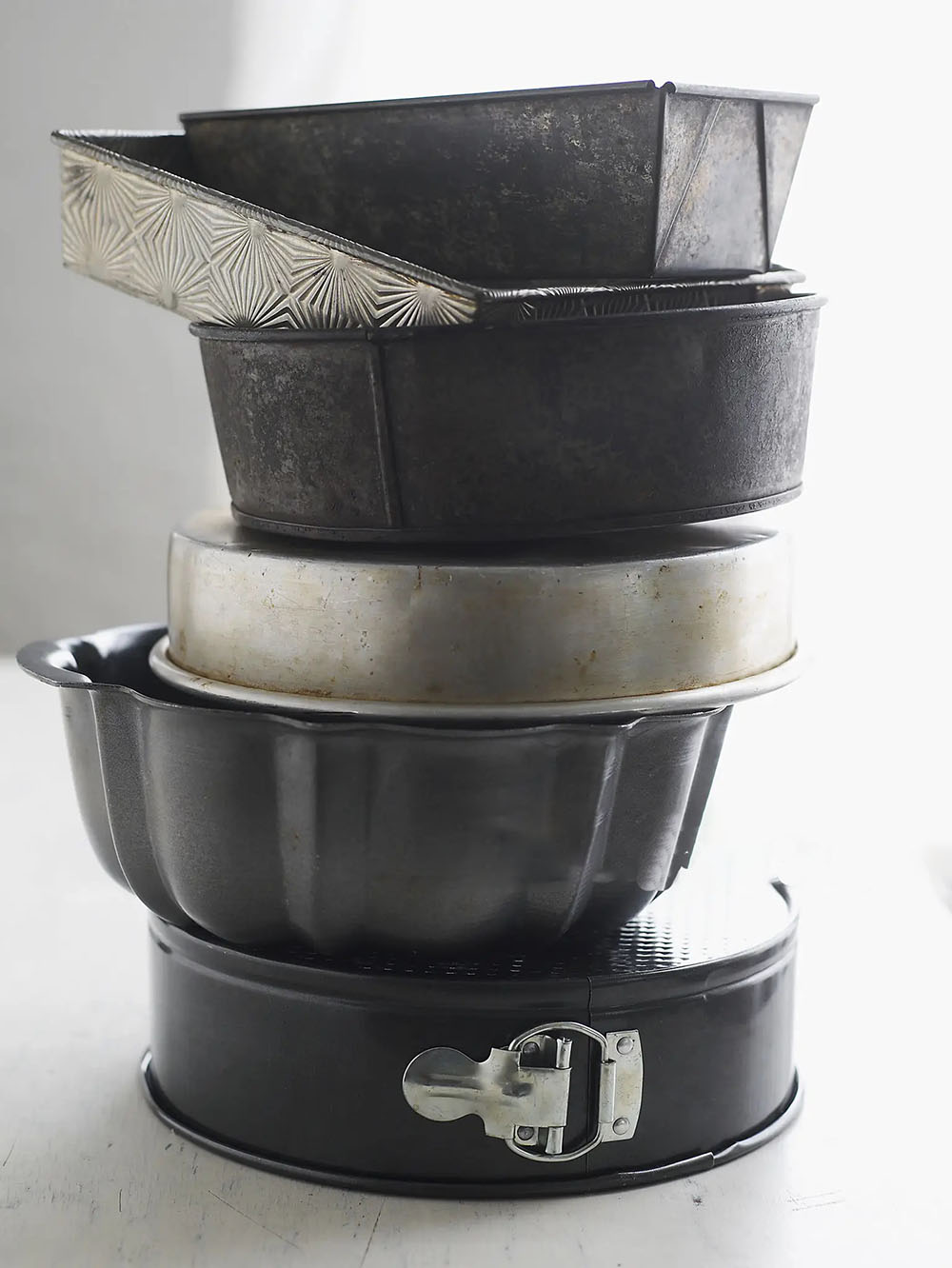
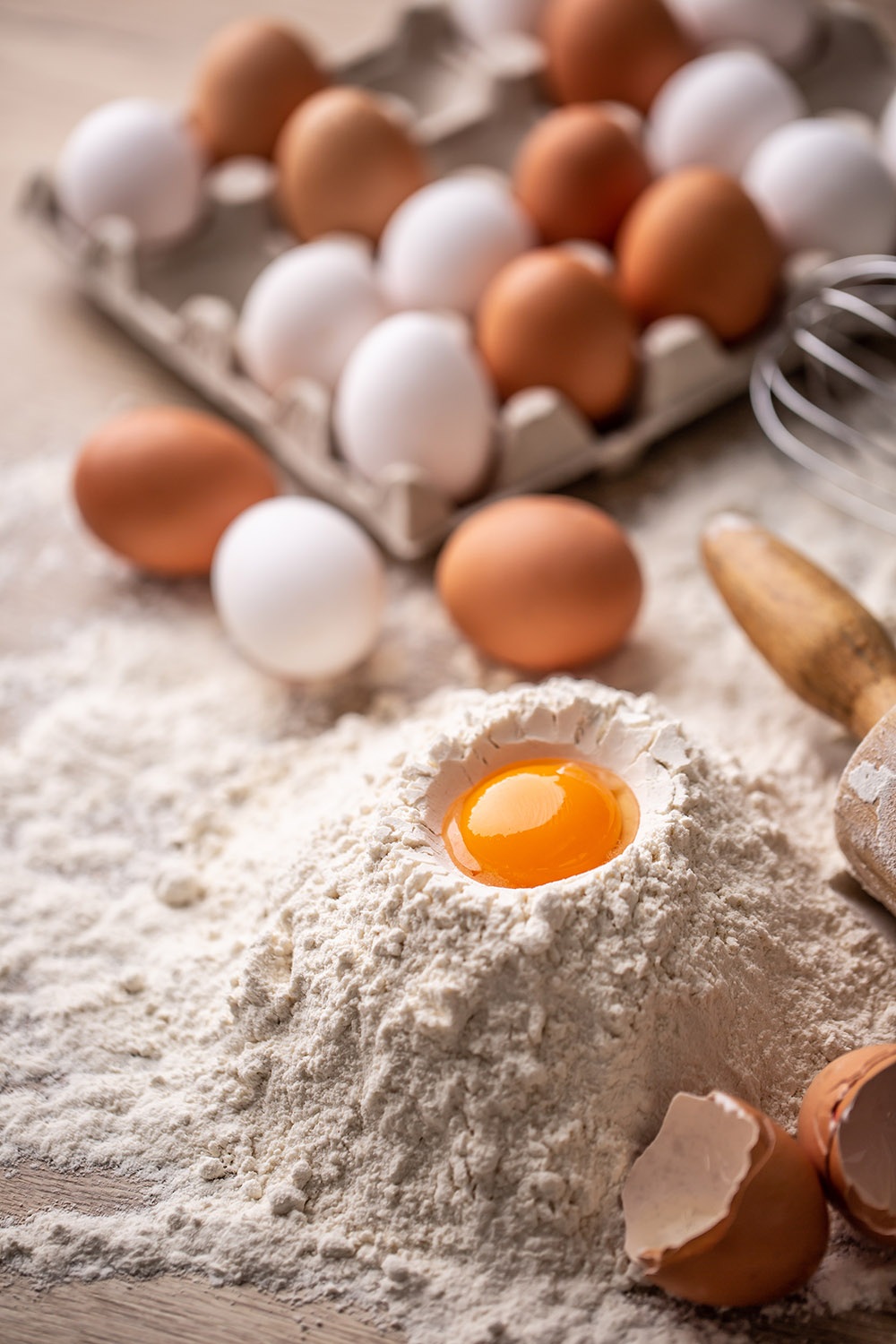
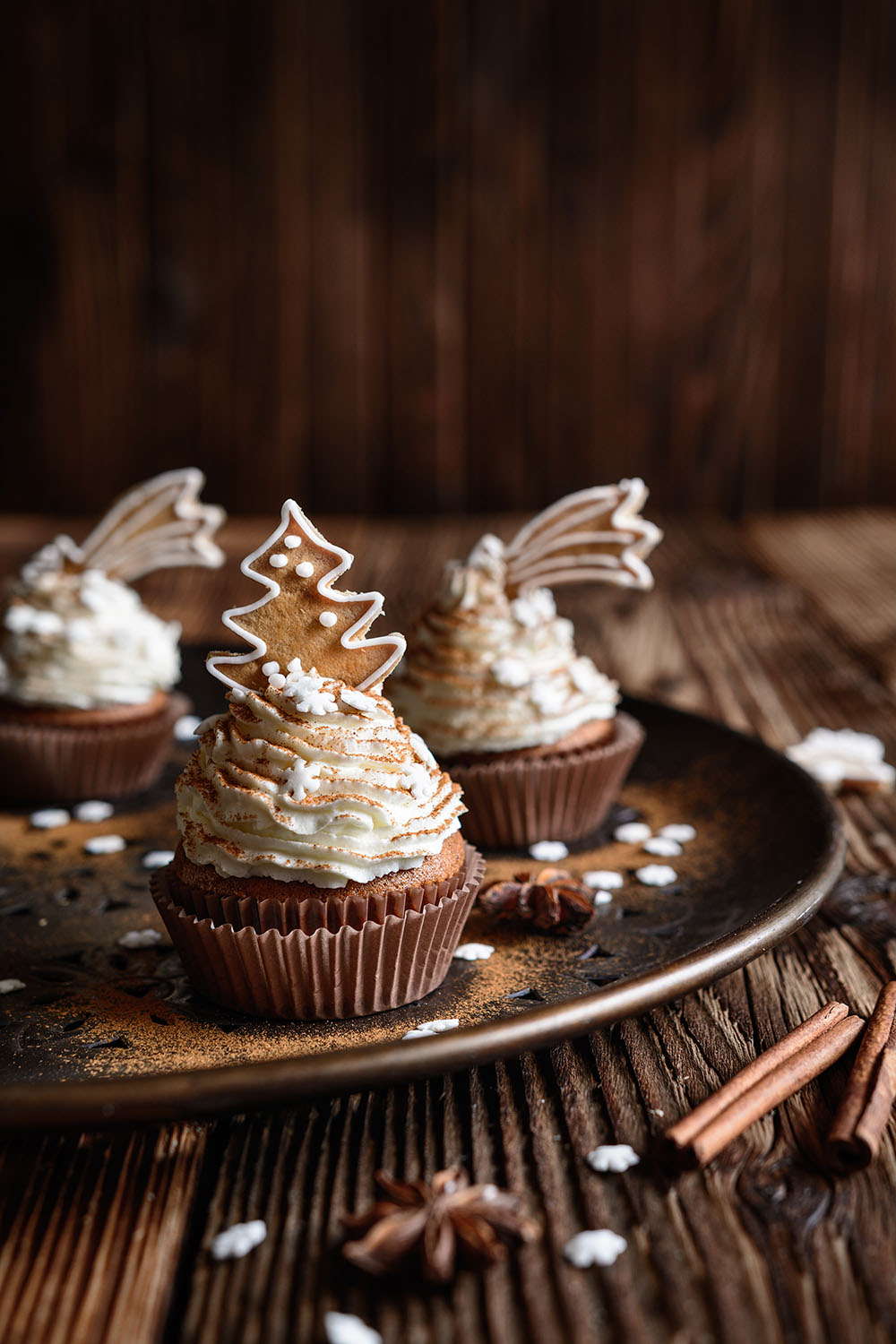
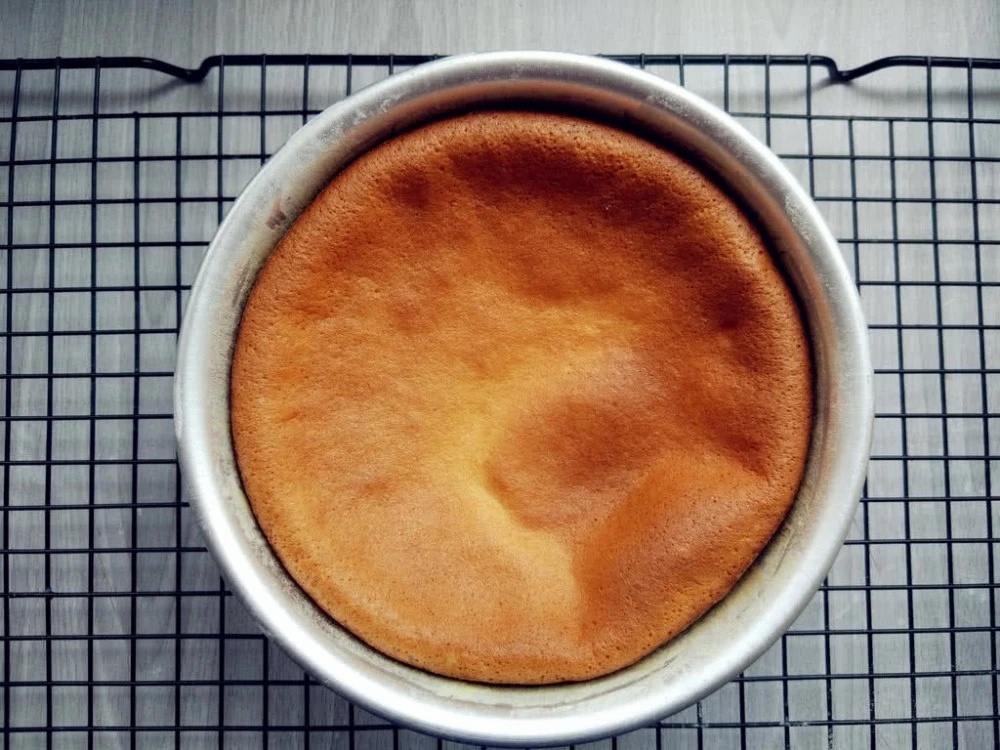
Thanks for the information, very helpful.